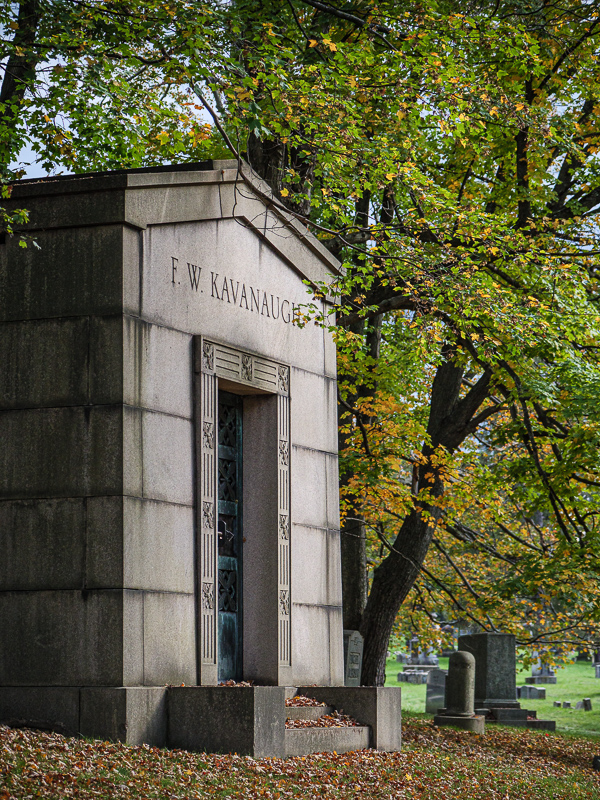Every Picture Is a Compromise
Lessons from the Also-rans
Most photography websites show the photographer's very best work. Wonderful. But that's not the full story of a creative life. If we want to learn, we'd better pay attention to the images that aren't "greatest hits" and see what lessons they have to offer. Every picture is a compromise — the sum of its parts, optical, technical, visual, emotional, and even cosmic – well, maybe not cosmic, but sometimes spiritual. Success on all fronts is rare. It's ok to learn from those that are not our best.
This is a series about my also-rans, some of which I've been able to improve at bit (i.e., "best effort"), none of which I would consider my best. With each there are lessons worth sharing, so I will.

Previous image | Next image |
Original digital capture

Context Week
My predisposition is always first to get closer and reveal the details. There is an intimacy to being close that I like. However, there are times when this habit to zoom in or step closer is a mistake because it removes the context that tells the story. This week will consist of context examples from the Albany Rural and Oakwood Cemeteries in Albany, New York where context is the most important part of the image.
What I saw that I liked:
The structure of this stone "building."
What I don't like in the picture:
What caught my eye was the name carved into the stone. I reflexively zoomed in to capture that detail, not realizing that I had completely removed any visual clues that this is in a cemetery.
What I learned:
The headstones in the lower right corner as not part of the subject, but they do establish the context of the building — which we now instantly recognize as a mausoleum. Without those almost invisible headstones in the corner, we are left without a clue.
2nd Chances: What I might try next
I might want to increase to brightness of the stone face to see if it adds drama to the image. |
|


